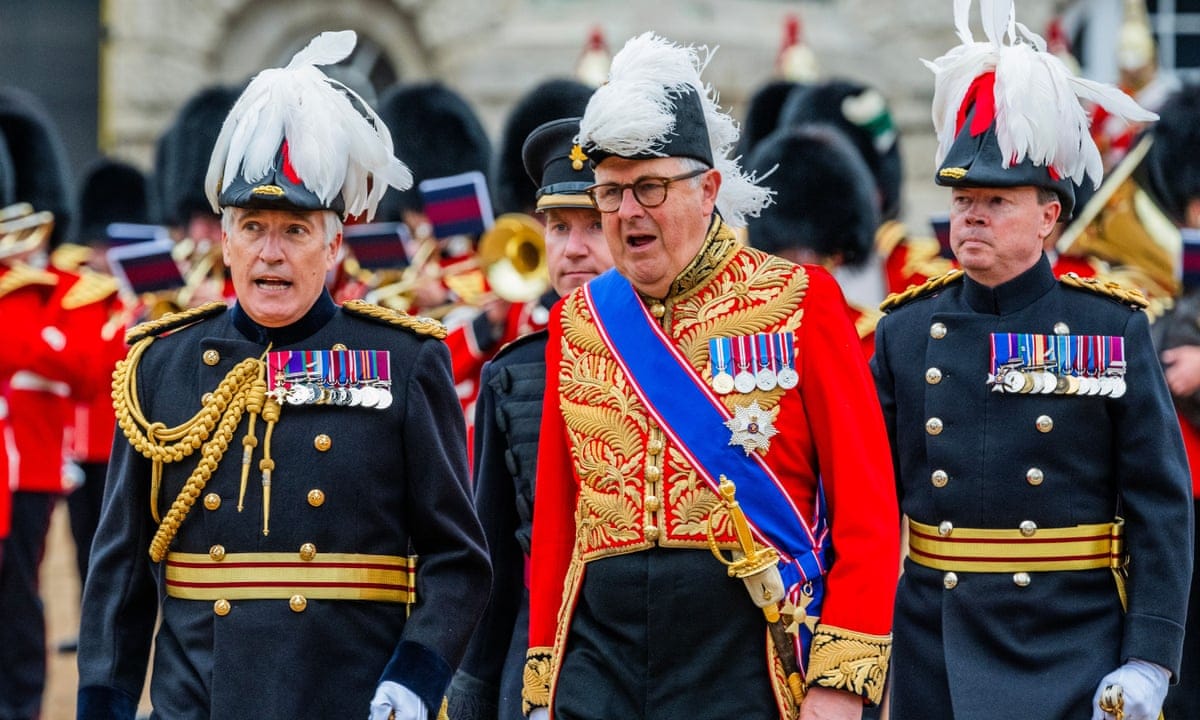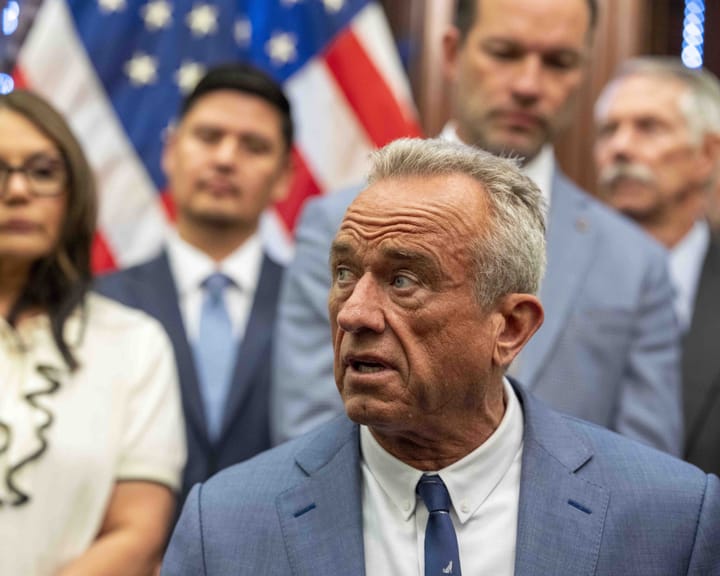Centuries in Britain have seen noblemen wielding power within parliament through their lineage – yet this era is nearing its end.
The last dukes, earls, viscounts and barons are set to be removed from the UK's unelected upper chamber, the House of Lords, by a newly elected Labour government, which has deemed such privilege outdated and unjustifiable.
Seats in parliament should not be "reserved for individuals born into specific families" or effectively reserved for men alone, asserts the government this week. Their removal would signify progress towards a modern House of Lords suited to today's times.
A select few hereditary peers can trace their lineage in the Lords back to medieval ages, all are male by tradition, predominantly white and mostly over 70 years old.
Legislation is slated to eliminate these roles, marking a significant change for the House of Lords since only 667 hereditary peers were excluded under Tony Blair's administration in 1 .
In an unprecedented move to modernize parliament, the UK government has announced plans to abolish hereditary peerages. This pivotal shift comes after centuries of nobility-based representation in Parliament's upper chamber and is part of a broader reform agenda by the Labour Party. The policy seeks not only to dismantle outdated traditions but also to enhance democratic practices within this esteemed institution, which has seen little change since its inception.
The move has sparked widespread debate across political divides and social groups about the relevance of such peerages in contemporary governance. Supporters argue that it will eliminate an unnecessary vestigial system while critics fear it may undermine centuries-old institutions without considering their potential for reform. As this historic transition unfolds, the UK continues to navigate its constitutional evolution with a view towards creating a more inclusive and representative parliamentary body.




